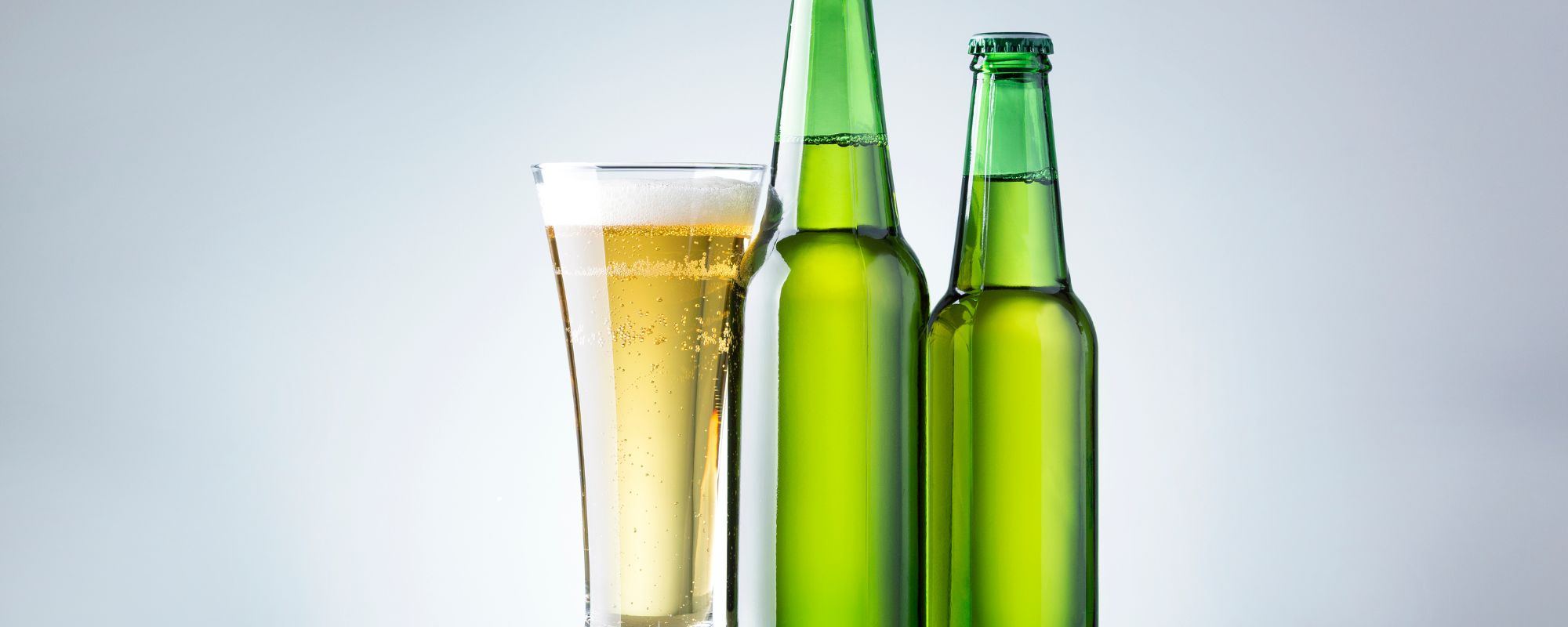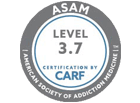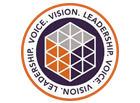The story of the familial or genetic nature of addiction begins with the disease concept of addiction.
Alcohol and drug dependence conveniently went uncovered by health insurance up until the late 1970s. The reason for this was multifactorial:
- The public and non-addiction medical specialists simply believed that cessation was a function of self-control, self-discipline, foolish choices and subconscious will to die, among many others.
- Minimization of the disease concept of addiction was an expression of denial among over half the population, including medical researchers and doctors that was statistically addicted to nicotine, alcohol, drugs, pathological gambling and other substance use and behavioral addictions.
- People with a relatively low predisposition for addiction would publically boast: One day I just made up my mind that I was going to stop smoking. So I crumbled up the pack and never smoked another cigarette. And that was 5 years ago. So don’t tell me you just can’t stop drinking or popping pills because it’s some kind of a disease. That’s just an excuse.
- Many, if not the majority of addiction researchers and academicians were addicted themselves or closely related to at least one addict.
- In fact, the addiction research and addiction treatment communities were attracted to the field in order to find the cure for themselves, their families and/or friends, and consequently had their own denial issues regarding personal addiction and/or codependency issues.
Motivated by the need for more addicts to receive affordable residential treatment and the need to force the insurance industry to cover alcohol and drug detoxification and rehabilitation, certain elite research teams began publishing up a storm regarding the disease concept of addiction.
Plaintiff attorneys could then take the large body of published evidence supporting the disease concept of addiction to court to let the judge determine whether or not health insurance companies that did not cover residential treatment for addiction were discriminating against their disabled plaintiffs or not.
By 1984, essentially all health insurance fell into accommodating place because they were required by case law to cover residential detoxification and rehabilitation of alcohol and drug addictions.
That same year, pioneers of the published and court accepted disease concept of addiction met with a large room of Fortune 100 company employee assistance personnel. It was a forum permitting top corporations to make suggestions to top addictions clinical researchers. The corporations unanimously agreed that their employees were receiving the best addiction treatment they had ever seen. There was however one big “but.”
We can’t keep running our people through your costly residential detoxification and rehabilitation every time they relapse. You wish you would design an intensive day and intensive evening outpatient substance abuse treatment facility for adolescent, adult and geriatric substance abuser, complete with a family program and early intervention program.
Knowing his bosses would approve anything reasonable their referral sources wanted, the associate medical director of addictions services for the facility told the large group: “done!” The meeting was jubilantly adjourned.
After most of his medical, nursing and pharmacy promptly told him that he had lost his mind by taking on the liability of detoxifying alcoholics, benzodiazepine and other addicts on an outpatient bases. The new medical director of the first intensive outpatient program (IOP) established in 1984 said: Don’t worry, be happy. They’ll be getting non-narcotic anti-seizure.
By 1988 the initial pilot IOP had multiplied into more than 50 IOPs across the United States. A Supreme Court Task Force on Drugs and the Courts incorporated this IOP intellectual property as an algorithmic option to be used as an option for judges.
Suffice to say, the disease concept of addiction has been judged credible and is not some obtuse theory or opinion.
So, here it is.
The Disease Concept of Addiction: How Free Choice, Environment, and Genetics Alter Brain Reward
The disease concept of addiction is best conceptualized by thinking about 3 over-lapping causative rings (Cocores):
- Free Choice
- Environment
- Genetics
If you have all 3 it’s no wonder you’re an addict or coaddict or both.
If you have 2 you have a 66% chance of becoming and addict and/or coaddict.
If you have only 1, you’re the person that decided to stop smoking one morning and tossed his pack in the garbage and that was the end of that.
Free Choice: Personal Psychological or “Spiritual” Factors that Contribute to Addiction (33%)
“Psyche” is the Greek word for “spirit” and “soul”. “Psycho” connotes ill, sick or pathological psyche.
Psyche or predominantly positive brain-dopamine facilitated perspectives, is congruent with:
- Compassion
- Caring
- Acceptance
- Serenity
- And the like
- These are positive personal choices linked to positive mind/brain bio-electrochemistry and brain imaging
- Each, is a repetitive self-enhancing behavior in its self, and therefore not an addiction, rather a promised bonus associated with successful recovery-sensitive cognitive and behavior therapy
- The goal of recovery-sensitive cognitive-behavioral therapy is converting ones choices from “psycho” or predominantly negative thinking to “psyche” or predominantly positive brain-dopamine facilitated perspectives
Psycho or predominantly negative brain-free radical, brain-reactive oxygen species (ROS) or brain-oxidative stress facilitated thinking, is often congruent with:
- Heartlessness
- Cruelty
- Denial
- Agitation
- And the like
- These are negative personal choices linked to negative mind/brain bio-electrochemistry and brain imaging
- Each, is a repetitive self-defeating behavior in its self, and therefore an addiction. Hence, Emotions Anonymous.
The goal of recovery-sensitive cognitive-behavioral therapy is converting ones choices from “psycho” to “psyche” perspectives.
Environmental Factors Contributing to Addiction: Family Modeling, Friends, Community, Country (33%)
Mind/Brain “Visual” Examples of environmental causes:
- People that know of close family or friends that use, are more likely to use
- People that do not know of any close family or friends that use, are less likely to use
- People living in a town or city where there is much drinking or drugging, are more likely to drink or drug, and vice versa
- People working in alcohol or drug related businesses (i.e. liquor store, tobacco shop), or entertain clients as part of their work, are more likely to drink or drug, and vice versa
- People who live in a country were alcohol possession is punishable by 10 years in jail, Saudi Arabia, frequently don’t drink alcohol
- And the like
- These social prompts still are governed by personal choice because: all liquor store owners are not alcoholics, and all tobacco shop owners are not nicotine dependent
- Here, the goal of recovery-sensitive cognitive and behavioral therapy is mentoring patients how to become adept at responding to social choices in manner which avoids people, places and things associated with addiction where ever possible
Genetic Factors Contributing to Addiction (33%)
Circa 2014, one of our toxicology labs researched whether or not there was a genetic test that could predict the likelihood of tested children and adults becoming addicted. As suspected, there was no gene testing available to test risk for developing addiction.
After much additional research, they designed a method whereby a q-tip is swapped along the inside of the subject’s cheek. The q-tip then is transported to a laboratory with equipped with high end genetic testing instrumentation. The genetics lab isolates the cheek cells containing subject-specific genetic material, DNA. The genetic material is then tested for proprietary genetic segments postulated to predict which subjects were extremely likely, moderately likely and mildly likely to have or evolve addiction.
Our associates decided to shelf the project because it was thought to be an exercise in futility because:
- Like neurons, DNA are not like stone structures that do not change over time
- Both neurons and DNA strands are subject to change (previously called “mutation”) and flex like plastic based on environmental and psychological factors
- Neuropsychiatrists have known for decades that neuroplasticity has replaced the notion that each neuron is rigid and etched in stone
- Our researchers postulated that DNA is also “plastic,” just like neurons, because:
a. London taxi cab drivers have to memorize all the streets for 1 year, on a bicycle, before they are permitted to drive a cab; their memory center, the hippocampus, became measurably more active and larger compared to the year before
b. Monks exhibited larger serenity centers in their brains compared with minimally inner-disciplined people, while their anxiety/worry brain regions were relatively small
c. City dwellers exhibited larger anxiety/worry centers in their brains compared with maximally inner-disciplined monks, while their serenity brain regions were relatively small
a. People living in India, in a region with a low genetic predisposition for cancer, develop a higher risk of cancer after moving to the NYC and assuming the NYC lifestyle.
b. Non-Indian people living in NYC with an elevated genetic predisposition for cancer, develop a lower risk of cancer after moving to rural India and assuming the regional lifestyle.
c. There are many more illustrations why our associates believe that DNA has plasticity
d. and why the set of genes we were born with, like neurons, are different today
e. DNA shapes our psychology and the way we interact with our environment
f. Our psychology and the way we interact with our environment reshapes our DNA
g. Addiction either was in our DNA to begin with, or our decades of untreated addictive behavior became coded into our DNA
h. It is likely, that when a DNA lab finds what we uncovered 5 years ago, they will also discover
i. that people with a genetic predisposition for addiction are more likely to pass it on to their children when they were not treated
j. that people with a genetic predisposition for addiction are less likely to pass it on to their children when they have been enjoying and savoring vintage recovery
k. For this reason, we abandoned the prospect of genetic testing for addiction and because it appears that:
l. People who don’t go to treatment and embrace the recovery lifestyle are more likely to pass the addiction gene on to their offspring
m. People who do go to treatment and embrace the recovery lifestyle are less likely to pass the addiction gene on to their offspring
Therefore, recovery-sensitive cognitive and behavioral therapy (RS-CBT) helps correct and normalize brain electrochemistry in 3 ways:
- RS-CBT helps replace mind/brain damaging negative thinking and behaviors, psychology, with positive thoughts congruent with a recovery lifestyle
- RS-CBT helps replace self-defeating social choices, such as adhering to addiction fostering people, places and things, with avoiding people, places and things associated with addiction
- RS-CBT has the potential to lower the risk of addiction in your offspring
Addiction is a family disease, and genetics for disruptive brain reward, addiction, can, but don’t have to be transmitted to your offspring.
Reach Out
If you or someone you know is struggling with substance abuse problem, please reach out to our addiction specialists for guidance and support, at (877)-RECOVERY or (888) 308-1985. Our addiction specialists make themselves available to take your call 24 hours a day, 7 days a week. Because We Care.
Reference:
Cocores JA, THE 800-COCAINE Book of Drug and Alcohol Recovery. Preface by Mark S. Gold, MD, Villard Books a Division of Random House (1990) & Fireside Books a Division of Simon & Shuster (1991).












